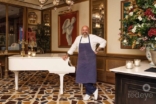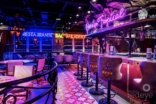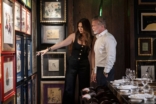Alcova Miami 2024: Contemporary Design Takes Over the Historic River Inn
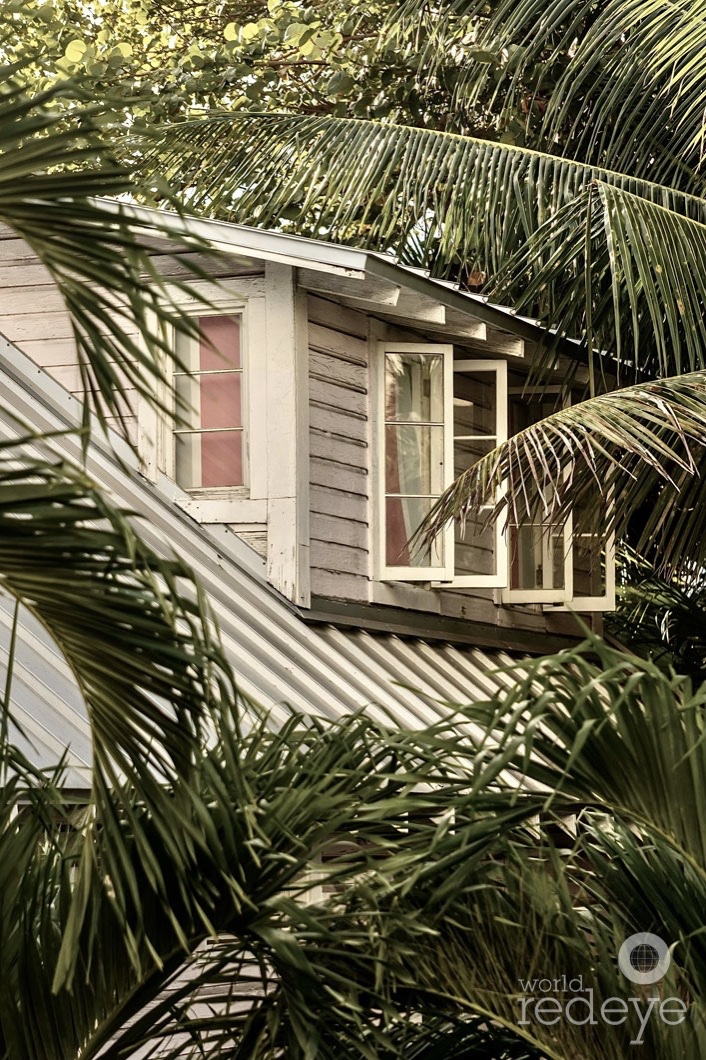
Miami, FL – November 27, 2024 – “As the city’s oldest hotel, this historical site attracted us immediately.”
Alcova returns to Miami for its second international edition, transforming the city’s historic River Inn into a vibrant showcase of contemporary design.
Set in East Little Havana’s South River Drive Historic District, the River Inn—Miami’s oldest hotel—blends historical charm with modern accessibility. Built in 1908 as a Victorian boarding house, its pastel-colored timber mansions provide a stunning backdrop for groundbreaking works by designers from around the globe.
“(The site) carries layers of cultural memory and vernacular architecture that provide a rich contextual foundation for contemporary design installations,” share founders Valentina Ciuffi and Josepha Grima. “We also feel this venue, with its early 20th-century construction and river-front location, creates a compelling counterpoint to the city’s more familiar Art Deco and modernist narratives.”
Founded in 2018 during Milan Design Week, Alcova has become a leading voice in design culture, celebrated for its exploration of living environments, materials, and technology. “Alcova has also been a platform for talent scouting, showcasing designers we’ve worked with for years while also discovering and launching completely new or emerging projects with each edition,” shares the duo. “Innovation is understood in terms of new materials and production practices, as well as the recovery of ancient artisanal techniques or design as a social endeavor that addresses issues relevant to the community, often through the forms of living and dwelling.”
This year’s event furthers Alcova’s mission to repurpose remarkable, historic spaces into dynamic platforms for innovation, featuring an exhibition with a curated mix of established and emerging talents. “The exhibitors are invited to transform and interpret the rooms of architectures with very different natures—specifically, a 1950s hotel—through their design in an immersive and entirely original way.”
“We love Miami and we love making exhibitions in a context so different from Milan.”
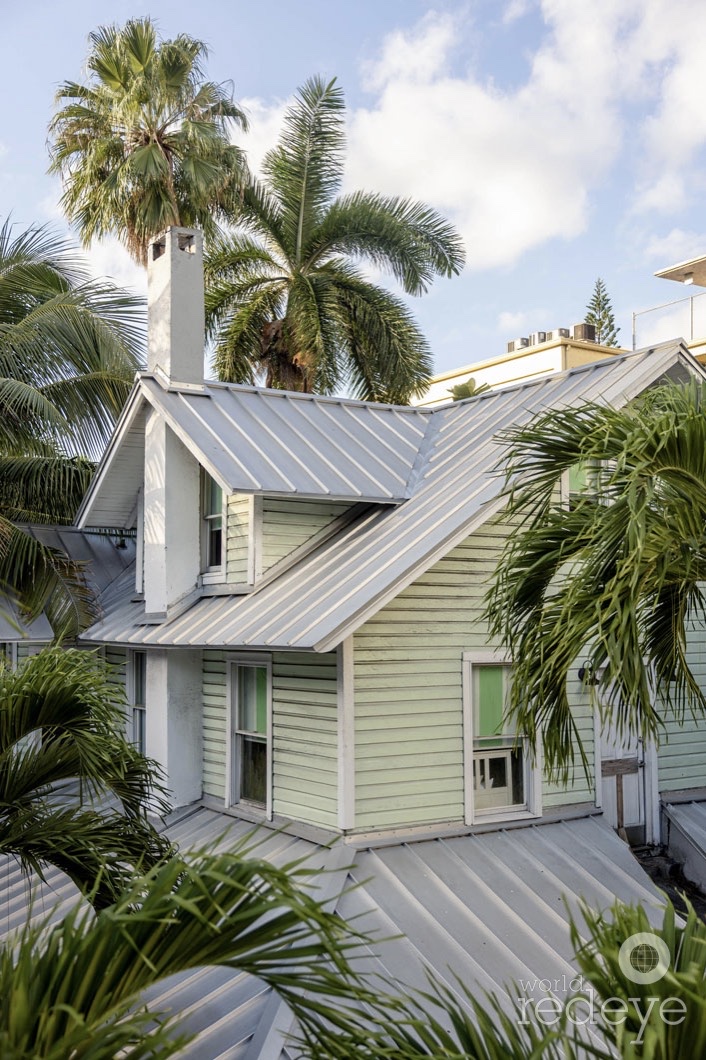
WRE: The Miami River Inn is described as the city’s oldest hotel and a historical site. How does the choice of this specific venue influence the installations and the overall theme of Alcova Miami 2024?
Valentina Ciuffi & Joseph Grima: As the city’s oldest hotel, this historical site attracted us immediately. It carries layers of cultural memory and vernacular architecture that provide a rich contextual foundation for contemporary design installations. We also feel this venue, with its early 20th-century construction and riverfront location, creates a compelling counterpoint to the city’s more familiar Art Deco and modernist narratives. This architectural setting naturally invites participating designers and artists to engage in a meaningful dialogue between past and present, which we feel is a welcome addition to the more neutral settings within which many of the other design presentations around town take place.
WRE: What kind of experience can visitors expect when they step into the event?
VC & JG: The exhibitors are invited to transform and interpret the rooms of architectures with very different natures—specifically, a 1950s hotel—through their design in an immersive and entirely original way. So, even though the objects are pre-existing, there are site-specific interventions aimed at transforming a location that already has its own charm and architectural identity, which is completely reinterpreted internally by the actions of contemporary designers. Very often, our locations are historical sites, making the contrast with contemporary design interventions even more compelling. This contemporary design is not just modern—it is cutting-edge, truly avant-garde.
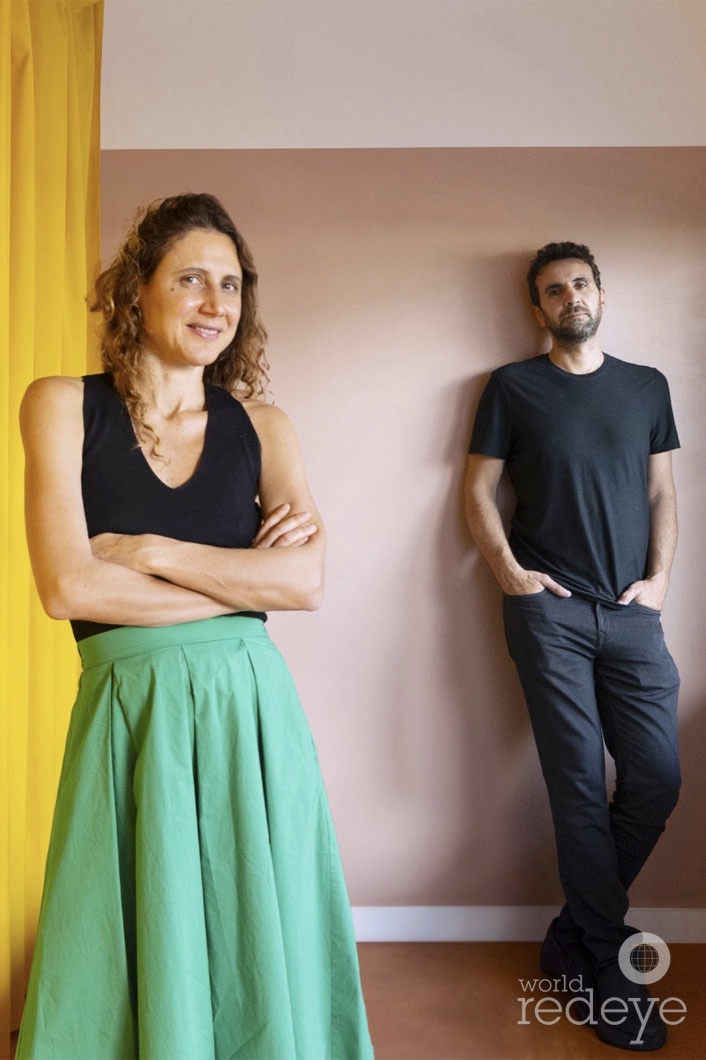
Valentina Ciuffi & Joseph Grima
This architectural setting naturally invites participating designers and artists to engage in a meaningful dialogue between past and present, which we feel is a welcome addition to the more neutral settings within which many of the other design presentations around town take place.
Valentina Ciuffi & Joseph Grima
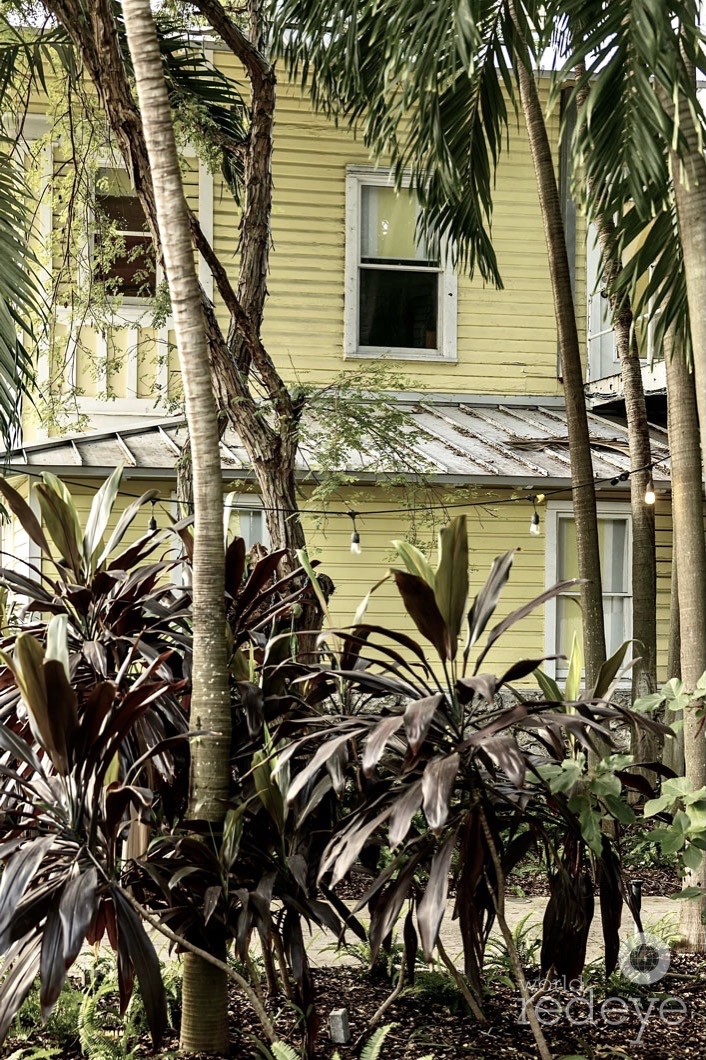
WRE: The event is known for showcasing emerging designers. How were the participants selected for this year’s edition, and what can attendees expect in terms of fresh, innovative work from newcomers?
VC & JG: Alcova has also been a platform for talent scouting, showcasing designers we’ve worked with for years while discovering and launching completely new or emerging projects with each edition. Among the younger designers is Panorammma, whose work carries a strikingly interesting language, marked by a kind of boldness in gestures and aesthetic forms, emblematic of a new generation of designers. This same spirit is reflected in the Greek duo Made By Astronauts. A fascinating new design language is emerging among these younger talents, finding its strength in contrast to the rather classical and traditional spaces. There will also be more experimental and formative projects, such as the food design project 1,033 Tangerines by AnanasAnanas from Los Angeles, which will take place throughout the week in the pool. Additionally, we will feature more established designers with whom we’ve collaborated for years, like Objects of Common Interest and Sema Topaloglu.
WRE: Alcova has built a reputation as a platform that explores the future of living and design. How does the 2024 edition continue this legacy? Are there particular themes or materials that will drive conversations about sustainability or innovation in design?
VC & JG: The presentations in Milan and Miami choose not to impose predefined themes. In fact, predefined themes might lead to the presentation of incomplete or underdeveloped projects. Instead, we prefer to welcome the diverse research of different designers when their work has reached a state of completeness and is finalized. That said, given that these are contemporary designers working with a focus on the present and the future, current themes inevitably surface. Innovation is understood in terms of new materials and production practices, as well as the recovery of ancient artisanal techniques or design as a social endeavor that addresses issues relevant to the community, often through the forms of living and dwelling. For instance, we have site-specific works, such as those by Lucas Muñoz Muñoz, who explores materials sourced locally from Little Havana. We feature Invento Spirit, an American collective that has worked in Cuba, transforming everyday cultural objects into new creations. And we present installations such as Rich Aybar’s, created from the remnants of hurricane devastation
WRE: Given that this is the second edition of Alcova in Miami, what are the long-term goals for Alcova’s presence in the US?
VC & JG: We love Miami and we love making exhibitions in a context so different from Milan. Our main anchor remains Milan, but we’re very inspired by the contemporary design scene here in the US, and hope we’ll get many more opportunities to explore it – in Miami and maybe elsewhere too.
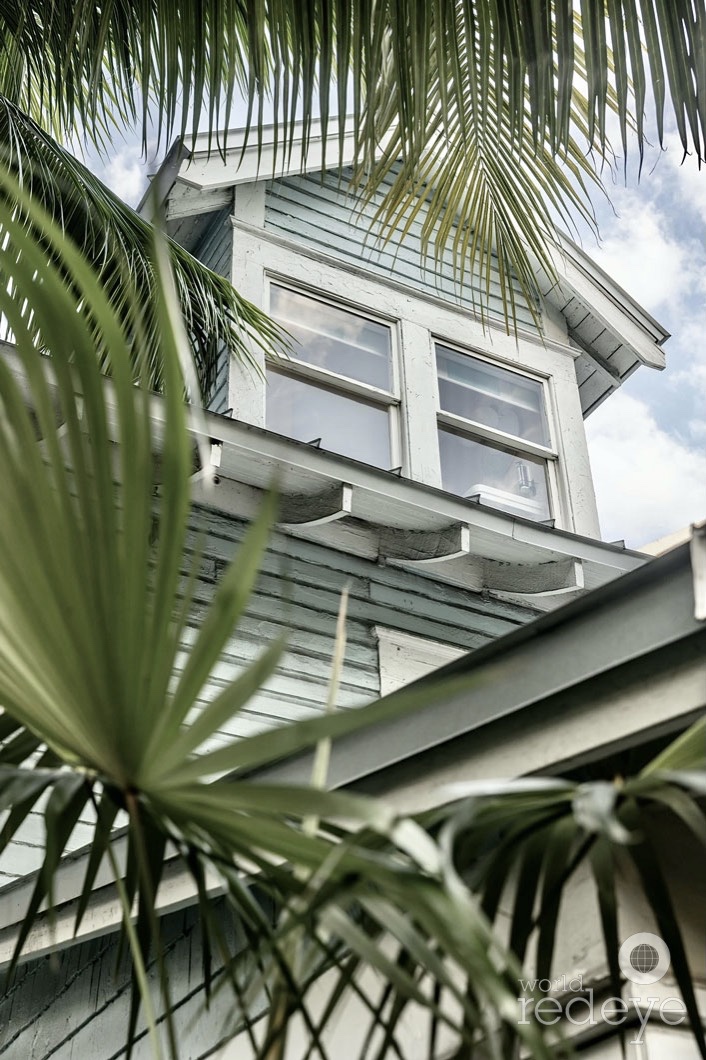
 Q&A: Steak, Luxury, and “I Don’t Give a F*@k”: Maple & Ash Arrives in Miami
Q&A: Steak, Luxury, and “I Don’t Give a F*@k”: Maple & Ash Arrives in Miami Q&A: El Car Wash: Turning Suds into Success
Q&A: El Car Wash: Turning Suds into Success Steve Madden’s Dolce Vita Debuts Furst U.S. Mall Store in Aventura
Steve Madden’s Dolce Vita Debuts Furst U.S. Mall Store in Aventura Dining Among the Roots at Paradise Farms
Dining Among the Roots at Paradise Farms Q&A: Oro: Miami’s New Jewel for Elevated Dining on Lincoln Road
Q&A: Oro: Miami’s New Jewel for Elevated Dining on Lincoln Road WRE News: Michelin-Starred Chef Jeremy Ford Brings Fresh Flavors to the Florida Keys with Salt + Ash
WRE News: Michelin-Starred Chef Jeremy Ford Brings Fresh Flavors to the Florida Keys with Salt + Ash WRE News: Ritz-Carlton Key Biscayne to Close in May for $100M Renovation, Reopening This December
WRE News: Ritz-Carlton Key Biscayne to Close in May for $100M Renovation, Reopening This December WRE News: Vlad Doronin Breaks Miami Real Estate Record with $120M Sale of Star Island Estate
WRE News: Vlad Doronin Breaks Miami Real Estate Record with $120M Sale of Star Island Estate WRE Exclusive First Look: The Garden at Bouchon Bistro
WRE Exclusive First Look: The Garden at Bouchon Bistro WRE News: Olympia Theater Set to Open for Miami Film Festival Amidst Fears of Permanent Closure
WRE News: Olympia Theater Set to Open for Miami Film Festival Amidst Fears of Permanent Closure EATZ by Chris Valdes with Loews Miami Beach Hotel
EATZ by Chris Valdes with Loews Miami Beach Hotel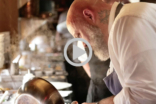 WRE Films: The Pasta Maestro Has Arrived at Mother Wolf Miami
WRE Films: The Pasta Maestro Has Arrived at Mother Wolf Miami WRE Films: All the Sushi Your Heart Desires at Mayami Wynwood
WRE Films: All the Sushi Your Heart Desires at Mayami Wynwood WRE Films: Miso Marinated Grilled Bavette Steak at Elastika Miami
WRE Films: Miso Marinated Grilled Bavette Steak at Elastika Miami WRE Films: It’s Time for a Refuel at Yann Couvreur Café
WRE Films: It’s Time for a Refuel at Yann Couvreur Café LAFS Celebrates CURIO’s 5-Year Anniversary Honoring Latin American Brands
LAFS Celebrates CURIO’s 5-Year Anniversary Honoring Latin American Brands Unapologetically Iris: The Collection of Iris Apfel in Miami Design District
Unapologetically Iris: The Collection of Iris Apfel in Miami Design District Evens Saint Clair Luxury Art Handbags Make Miami Art Week Debut
Evens Saint Clair Luxury Art Handbags Make Miami Art Week Debut Alice & Olivia CEO & Creative Director Stacey Bendet at Neiman Marcus Coral Gables
Alice & Olivia CEO & Creative Director Stacey Bendet at Neiman Marcus Coral Gables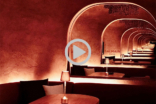 Mila MM’s Balmain Takeover
Mila MM’s Balmain Takeover














